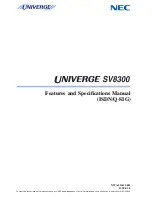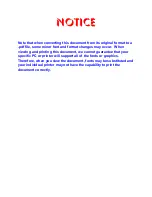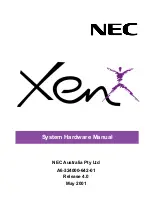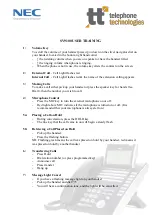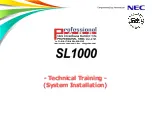
Service and Maintenance
35
Cat. No. 01022940
Sanitizing Modules
The modules may need sanitizing if either of the following conditions exist:
•
The RO system is subject to biofouling and the operator wants to reduce the cleaning frequency.
•
The water treatment application limits the microbial count in the product water.
CAUTION! The bottom of the tank must be higher than the pump on the RO unit to prevent cavita-
tion of the pump when solution is drawn from the tank.
NOTICE
Replace the prefilter cartridges if they are discolored by iron.
The frequency of sanitization will depend on the frequency of biofouling or excess microbial counts. Once the frequency of
the problem has been determined, sanitization can be scheduled for preventative maintenance. To sanitize the system,
obtain a tank which will hold the sanitizing solution volume.
NOTE When cleaning the 1-series RO units that use brass pumps and solenoid valves, do not use a cleaning
agent with a pH below 5.0.
CAUTION! Always use caution when handling any chemical. Refer to the material safety data
sheet for recommendations in the safe handling of this chemical. The MSDS is avail-
able from the manufacturer of the chemical. Use the proper protective safety equip-
ment.
CAUTION! Local codes may prohibit the discharge of hazardous materials to drain. If necessary,
an extra tank can be used to neutralize the solutions before discharge to drain.
Prepare Equipment for Sanitizing
1. Prepare the cleaning solution (see Table 2 and
) with permeate water for a five-gallon solution.
2. Turn the unit power off.
3. Disconnect the product line from service and direct the line into a drain.
4. Turn off the inlet water supply.
5. Open the waste and recirculation valves fully counterclockwise.
Max Temp 45°C (113°F) pH Range
Max Temp 35°C (95°F) pH Range
Max Temp 25°C (77°F) pH Range
5–10.5
5–12
5–13
Table 2. pH range and temperature limits during cleaning.
Summary of Contents for M1 Series
Page 83: ...Notes 79 Cat No 01022940 Notes ...
Page 84: ......































